Well-known battlegrounds: the rise of battle royale games
From Minecraft mod to a new Apex
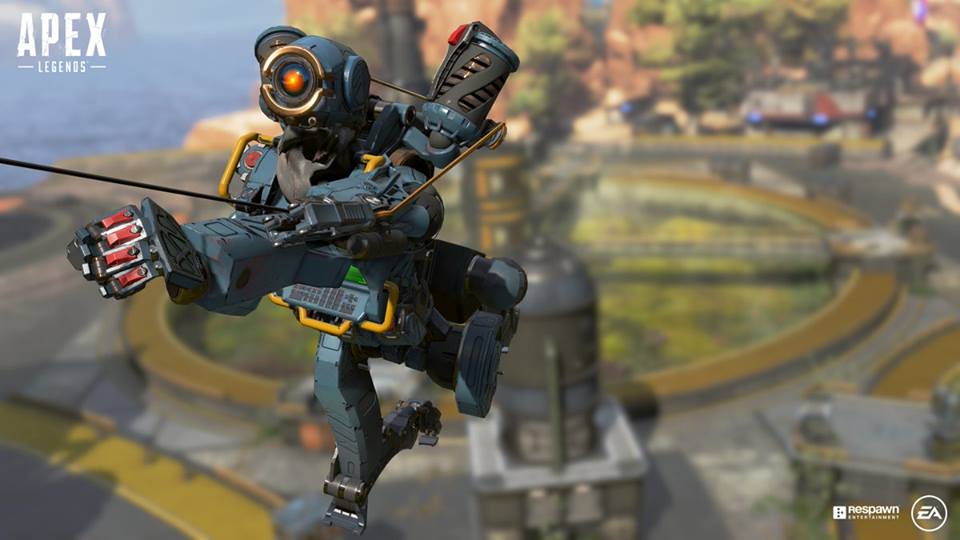
It’s fair to say that battle royale games have seen phenomenal success in recent times, with massed ranks of players clamouring to face-off against each other in combat across various big-name titles.
And while it’s unlikely you’ve never heard of battle royale, you might not be fully aware of its origins, or exactly what this sort of gameplay is about – and the reasons why it has become so popular. So let’s dive into the arena of BR, as it’s often abbreviated online, and take a deeper look at what all the fuss is about.
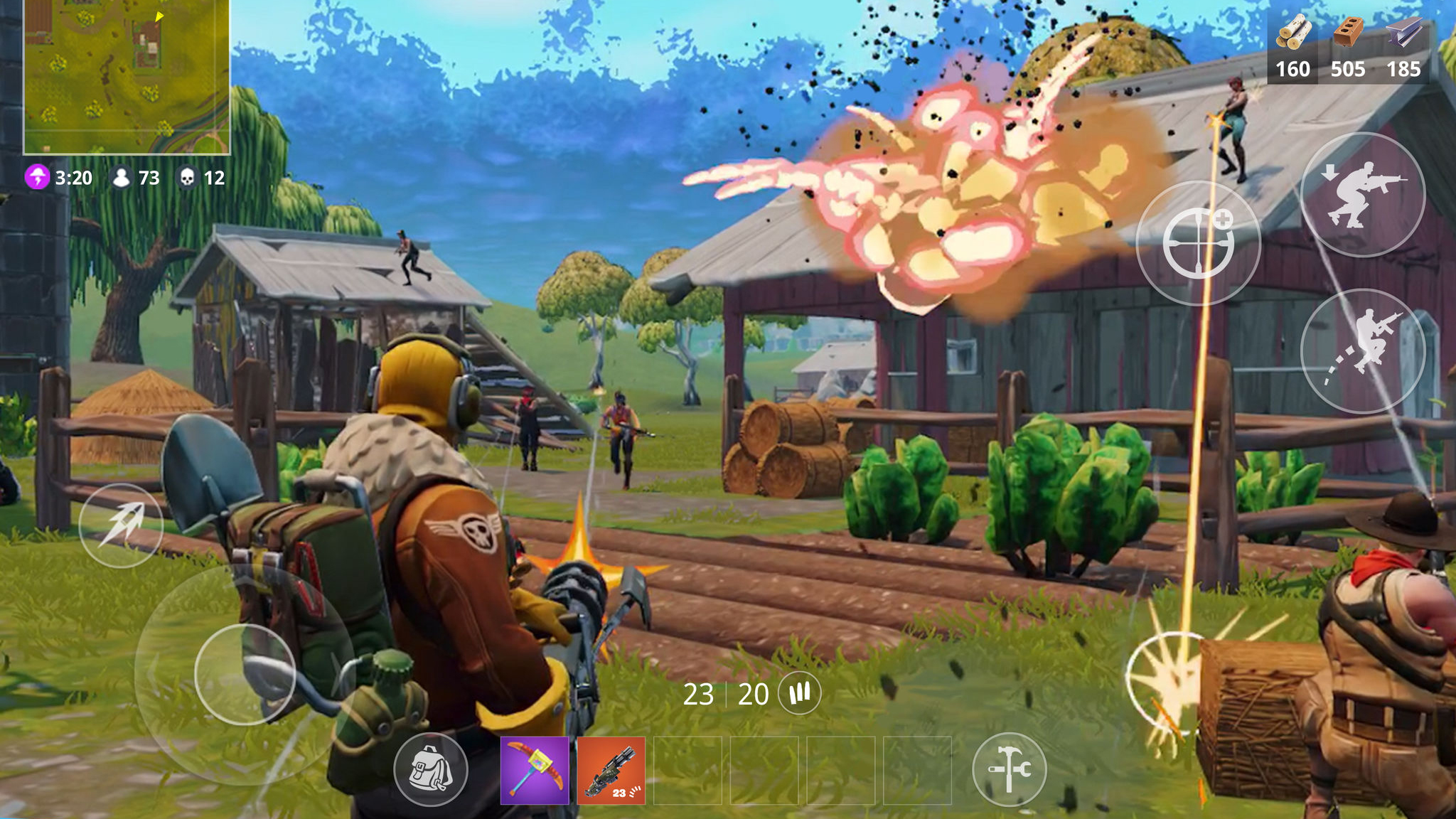
What is battle royale?
It’s a genre of online games which blend survival and combat, with a whole load of players dropped into a large level. The idea is simple: to be the last man (or team) standing. Typically, you drop down into the map armed with nothing (or little), and have to scavenge weapons, ammo, armor, and other equipment that might help you survive – or indeed make sure that your opponents don’t survive.
As time ticks on, the habitable area of the map shrinks – enforced by some manner of mechanism that damages the player, like a storm or radiation – to stop people camping or hiding from each other for ages. And eventually, there’s only one survivor, the winner (who gets a chicken dinner, naturally).
The concept wasn’t invented by video game developers, however, and actually originated in the Japanese film released way back in 2000 called ‘Battle Royale’ (strangely enough). The movie envisaged a dystopian future where the government quells the rebellious youth by forcing middle school students to fight to death on an island until only one victor remains. If this sounds like The Hunger Games, apparently any similarity between these later books and films is purely coincidental (ahem).
Historically, mind you, the term battle royale or ‘battle royal’ referred to a big rollicking scrap on such a grand scale it was fit for a king (or queen) to watch.
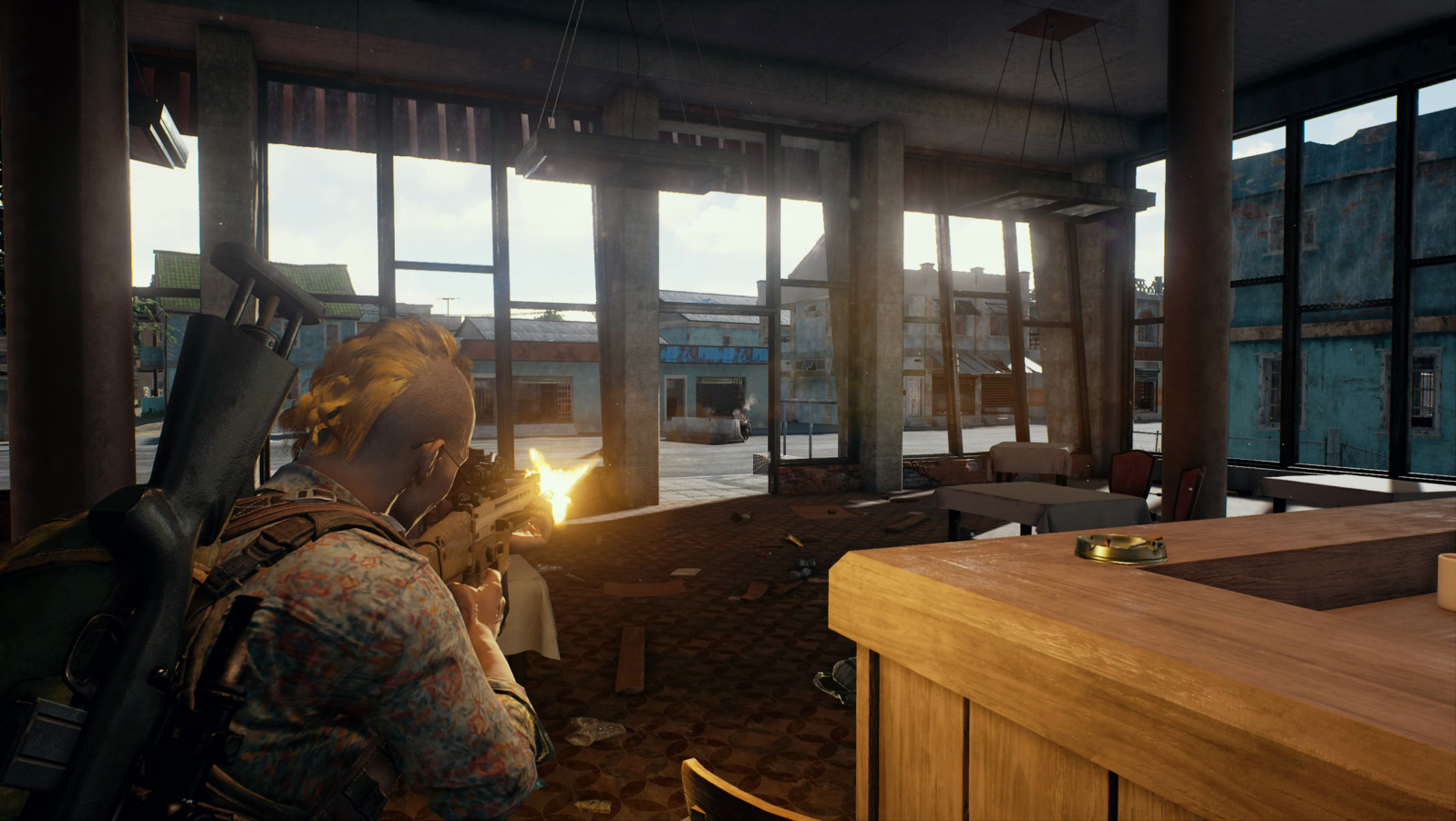
A brief history of battle royale games
Way before the big-name games of today arrived, the initial battle royale scene sprang up with mods for popular games. Indeed, you could even trace ‘last man standing’ gameplay modes back to the likes of Unreal Tournament (and we think we recall a Quake 3 mod, too), or arguably further.
Get daily insight, inspiration and deals in your inbox
Sign up for breaking news, reviews, opinion, top tech deals, and more.
But the first true battle royale outing we’d recognize in terms of the contemporary genre was the Hunger Games-inspired Minecraft: Survival Games, which hit the scene in 2012. This essentially recreated the movie, with a central cache of goodies everyone starts in a circle around, giving players the choice of staying to fight over that stuff, or more prudently running away to locate chests and other loot in the further reaches of the map.
Then DayZ emerged, a zombie survival game which was a mod for ARMA 2, and in turn, that spawned its own BR mod produced by Brendan Greene in 2013, in which the loot was scattered about the map (with no central cache of weapons everyone starts around). Subsequently, Greene ported his mod to ARMA 3, then became involved in H1Z1: King of the Kill as a consultant, and then moved on to the big one when he created PlayerUnknown’s Battlegrounds (or PUBG) in 2017.
PUBG was the trailblazer for the modern battle royale game as we know it, surging in popularity even when it was in preview (early access) on Steam from March 2017. With subsequent releases on both Xbox One and PS4, as well as mobile versions on iOS and Android, the game soared past the 400 million player milestone mid-2018.
Fortnite Battle Royale, a spin-off of a co-op survival shooter where players build stuff to fend off a zombie horde, hit early access in September 2017. By 2018, it had spread across all the big console and mobile platforms, and had a player base of over 200 million as of November 2018.
Then there’s EA’s newcomer, Apex Legends, set in the Titanfall universe. This exploded onto the scene in February of this year, gaining 50 million registered players in its first month, a colossal achievement considering it took Fortnite four months to reach that. That speed of adoption shows that it’s either a fantastic game, or it’s a measure of just how popular a good battle royale title can quickly become. And it’s likely a bit of both.
Anyhow, let’s look more closely at these three contemporary battle royale giants next, and discuss why these games – and the broad genre itself – have become so popular.
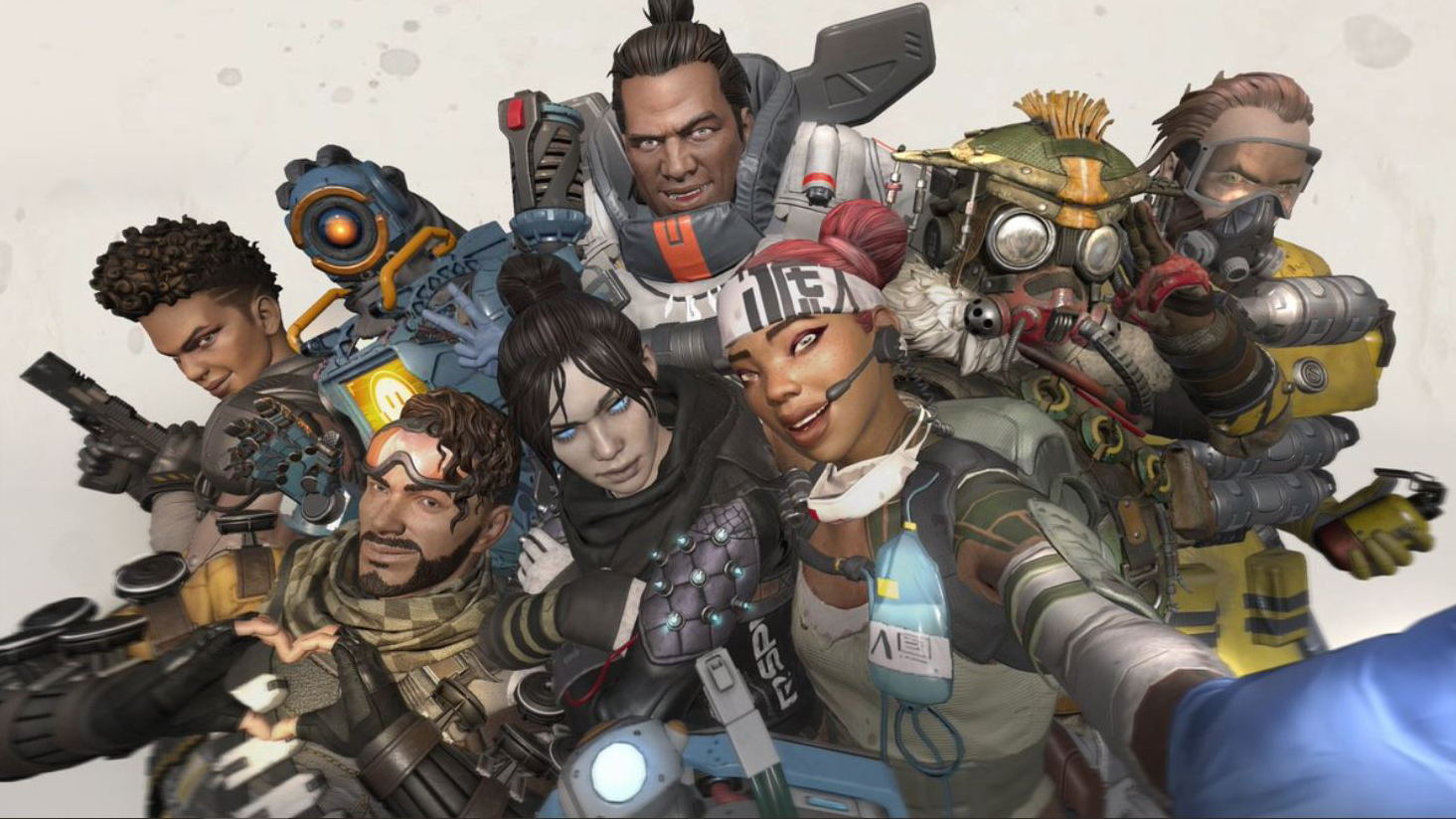
Why are battle royale games so popular?
A key point is that something about this concept has captured our gaming imaginations at a very fundamental level. The thrill of against-the-odds survival, and battling to be the best out of a massive field of 100 players (or 60 for Apex).
But even though the competition is numerous, generally speaking, the map is large enough, and potential tactics diverse enough, that even a lesser-skilled player can perform relatively well in a match – which is rewarding. Particularly if they happen to get a fluky loot early on and stumble across a great weapon, piece of armor, shield or whatever. And this is another thrill or addictive aspect: running round popping loot boxes early on in the hope that you’ll hit the jackpot in some way.
And if your game does end quickly? Hey, fire up another one; it’s already forgotten. Indeed, the relatively quick matches are another positive for the non-hardcore audience.
Another major point of appeal to the more casual gamer is doubtless the fact that the main battle royale games are free to play – at least in the case of Fortnite and Apex Legends (PUBG is only free on mobile platforms).
Before we get too carried away with the casual-friendly vibe, though, we should clarify that these aren’t low skill ceiling games designed for ‘newbs’ – far from it. At the top echelons, they’re designed to be extremely competitive and intricately nuanced, and to appeal to the big esports organizations.
Just watch a top streamer playing any contemporary battle royale, and you’ll be treated to a dizzying display of dexterity, intuition, game and level knowledge, tactics, and of course incredible snap-shooting skills.
This is another element that drives the popularity of these games. Folks can watch the likes of the recent Fortnite tournament at the Intel Extreme Masters (ESL Katowice Royale which offered $500,000 – around £380,000 – in prizes), or renowned Twitch streamers like Shroud or Ninja – and they can aspire to be a gaming pro, or a streaming demon themselves.
In truth, battle royale is rather more focused on streaming, and less on esports, with its naturally more casual leanings in some respects. The competitive scene for shooters like Overwatch enforces a system of tight (chess-like) skill rankings for matchmaking, whereas BR games are generally more relaxed on this front, so there’s likely to be a wider spread of abilities in any given bout. This means that you may run into opponents you can (relatively) easily beat, and again, that can lead to a feel-good factor for obvious reasons.
- These are the best gaming PCs of 2019
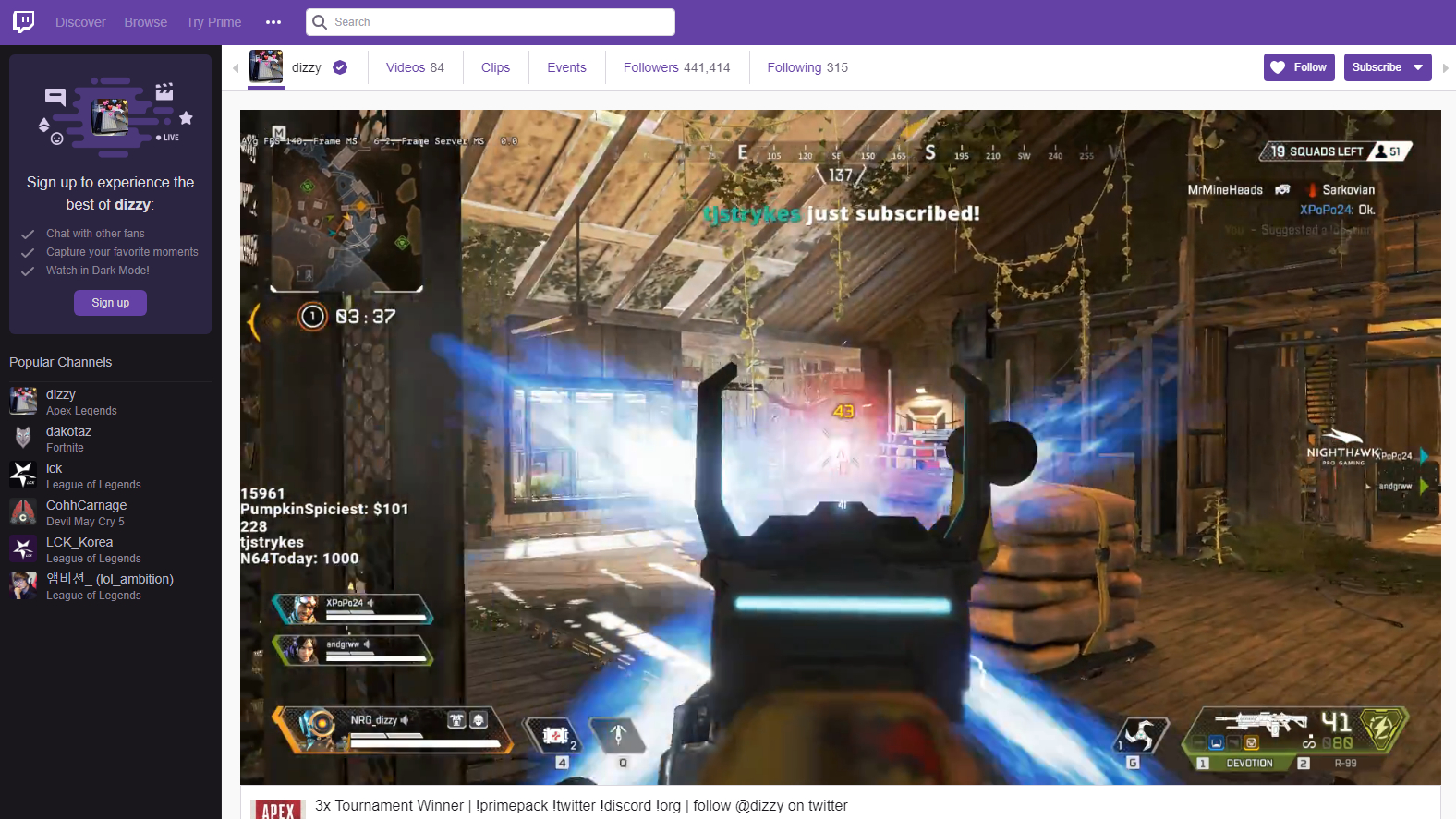
Of course, the high-profile esports tournaments help, but it’s really the huge amount of streaming content that abounds which makes these games very visible. Developers are also highly aware of the power of platforms like Twitch these days, and work hard to court big-name streamers.
Battle royale also fits neatly with streaming in so much as there can be considerable periods of downtime where you aren’t fighting, which gives the streamer a chance to chat with the audience a bit more.
Most recently, Apex Legends, the latest BR star, has fired up a storm and propelled the genre forward with its player-amassing-antics because it’s so cleverly pitched within the broad tapestry of battle royale.
It offers a free-to-play alternative to Fortnite that has a more realistic feel and atmosphere. Apex Legends isn’t so ‘cartoony’, and you’re not running round throwing up walls in front of you on-the-fly, so it doesn’t have those flightier elements which can be a big turn-off for some PC gamers who are used to traditional shooters.
Yet at the same time, Apex Legends offers clean and satisfying-feeling shooter mechanics – with fast and fluid combat, featuring an emphasis on mobility – that you don’t get with the less polished PUBG (at least in our opinion, although the latter definitely has its own grittily intense appeal).
So, EA’s battle royale deftly hits a middle ground between its two rivals – between fun and deadly serious – and reinforces its appeal with a refreshing focus on team-based (three player squad) battles, with character choices and synergy therein, topped off with clever new team mechanics like the ping system that allows for quick and easy non-verbal communication (and which Fortnite has already rather shamelessly copied).
Will Apex Legends be able to sustain this momentum? Given the way it was successfully surprise launched and cleverly angled to carve out its own space in the BR arena, we are of the belief that the devs will have a longer-term plan which is similarly sound. So, in short, we’re betting it will.
Whatever the case, it looks like battle royale is set to keep growing fast, and with the likes of Battlefield V and other big-name players ready to get in on the act, we don’t think this hot gaming property is about to cool off anytime soon.
- Find out more about how Intel is powering the next generation of PC gaming
Darren is a freelancer writing news and features for TechRadar (and occasionally T3) across a broad range of computing topics including CPUs, GPUs, various other hardware, VPNs, antivirus and more. He has written about tech for the best part of three decades, and writes books in his spare time (his debut novel - 'I Know What You Did Last Supper' - was published by Hachette UK in 2013).